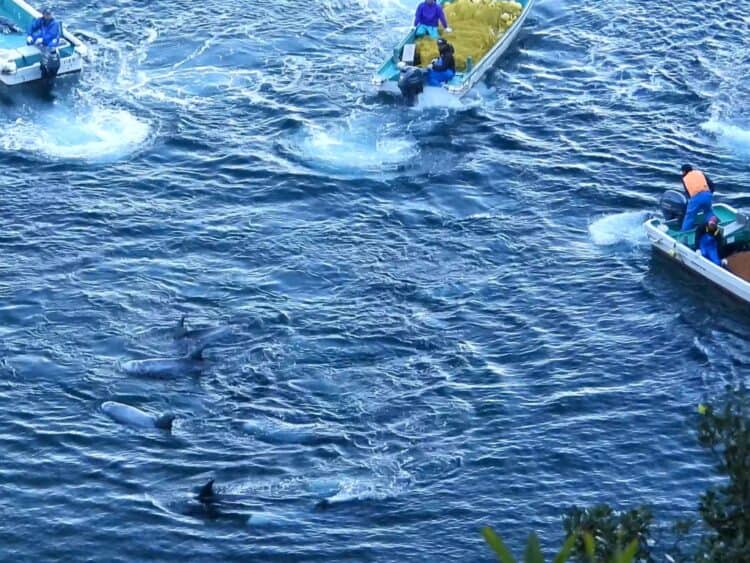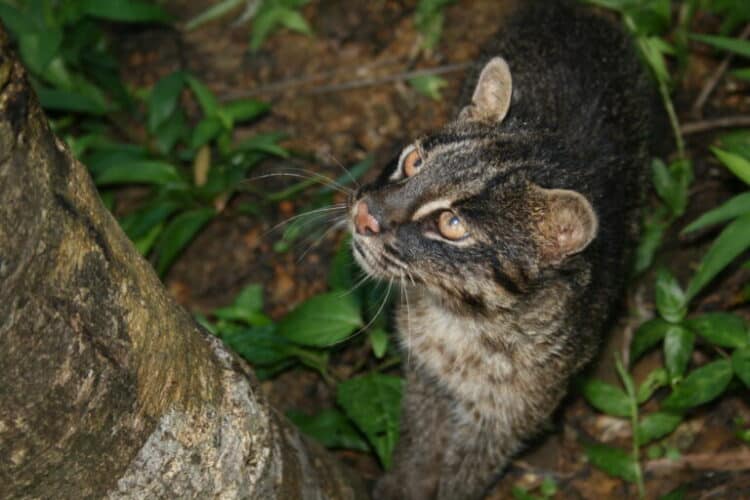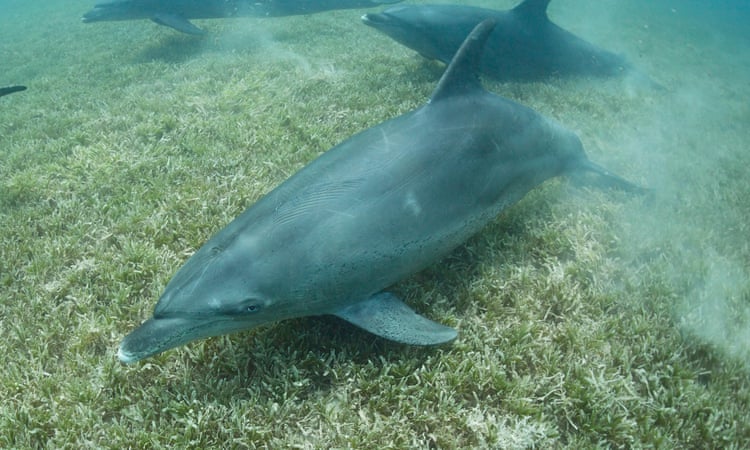Before Chinese demand for ivory began driving the black market and illegal killing of tens of thousands of elephants each year, it was Japan’s market for hanko, personal seals used to sign contracts, that fueled the ivory trade.
For at least a thousand years, they’ve been made in Japan out of a variety of materials. In the early part of the 20th century, most were created from water buffalo horn, wood, or crystal.
But as the Japanese economy began to grow in the 1950s, ivory hankos rose in popularity.

In 1980, 55 percent of the gross weight of ivory used in Japan went into creating hankos, according to a report by Save the Elephants, a Kenya-based conservation and research organization.
From 1970 to 1989, Japan imported some 5,000 tons of ivory—the equivalent of about 250,000 dead elephants, according to the Environmental Investigation Agency, a nonprofit based in Washington, D.C. By 1989, it was the world’s biggest ivory importer.
A ban on the international ivory trade by the Convention on International Trade in Endangered Species of Wild Fauna and Flora (CITES), which regulates the international wildlife trade, went into force in 1990.
But in 1999, CITES let Japan to buy almost 50 tons of ivory in an experimental sale. CITES allowed it because it found Japan had done a solid job of showing it had controls in place to prevent illegal ivory from reaching its domestic market. A second one-time sale was allowed in 2008, and Japan took home another 43 tons.
No meaningful control exists at even the most basic level.
Environmental Investigative Agency report
As it turns out, Japan hasn’t done that great of a job keeping out illegal ivory. A new report released Wednesday by the Environmental Investigation Agency, came to a harsh conclusion: “Japan’s system is plagued by loopholes and undercut by weak legislation to such an extent that no meaningful control exists at even the most basic level.”
Here are five of the biggest takeaways from the report:
1. Japan’s ivory control systems have some major loopholes. People who own a tusk are required to register it with the government in order to prove they got it legally—either from one of the two CITES sales or from before the ban went into effect. But proof can be anything from an actual legal document, such as a customs form showing it was imported before the ban, to a statement from the Japanese importer himself promising he obtained it legally. “This means that the person who stands to benefit from the tusk registration is relied on as the primary source of proof of legality,” the report says. Not surprisingly, this system is ripe for abuse. More than 1,000 tusks of “dubious” origin have been registered and legalized since 2011 “without a shred of real proof of legal acquisition or origin,” the report says.
2. Japan’s ivory traders are often willing to engage in illegal activity in order to register tusks. Investigators surveyed 37 ivory trades, and 30 of them offered to buy or cut up unregistered tusks, or to register them using false information. Traders told undercover investigators, “We must lie on these statements,” and, “If you want a [registration] certificate, you can’t write the truth.”
3. The ivory trade is on the rise in Japan. More tusks are being registered with the government each year. In 2010, about 500 tusks were registered. By 2014, it was nearly 1,900 tusks. Sales are up too. In 2010, Yahoo! Japan closed ivory sales worth about $2 million. By 2014, sales had jumped to nearly $7 million.
4. Internet sales are at the heart of the illegal trade. Yahoo! Japan and Rakuten Ichiba, two of Japan’s biggest online retailers, have sold more and more ivory each year. On a single day in August, researchers counted 6,000 ivory products for sale on those two sites alone, valued at $5.1 million. The vast majority were hanko seals. Most of the online dealers fail to comply with even the most basic legal requirements, the report says. This, it says, is evidence of the government’s “ineffective monitoring and an inability or unwillingness to enact meaningful enforcement measures against illegal ivory trade.”
5. Some of the ivory for sale in Japan is going abroad, to places like China. Numerous bidding agencies offer to help international buyers make ivory purchases from Japan’s retail and auction websites, even though the international trade in ivory is illegal. A Hong Kong based company, for example, had more than 8,000 listings on its website for Japan-based ivory products it could help its customers procure. Authorities have seized almost one ton of ivory moving from Japan to China.
This article was first published by National Geographic on 10 Dec 2015.
We invite you to share your opinion whether Japan should be sanctioned for fueling the slaughter of elephants? Please vote and leave your comments at the bottom of this page:
Thank you for voting.






Leave a Reply